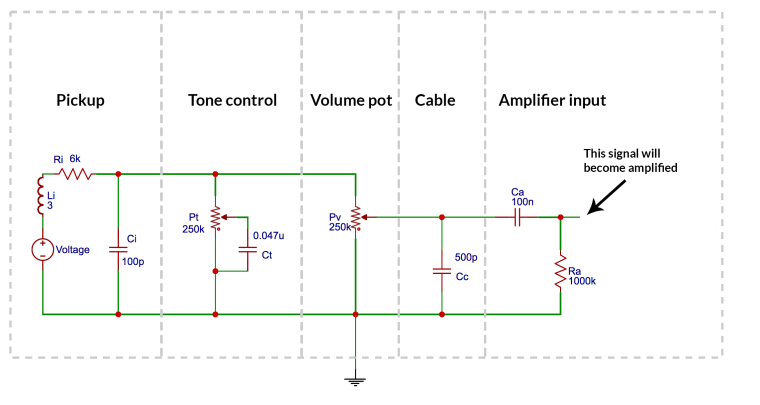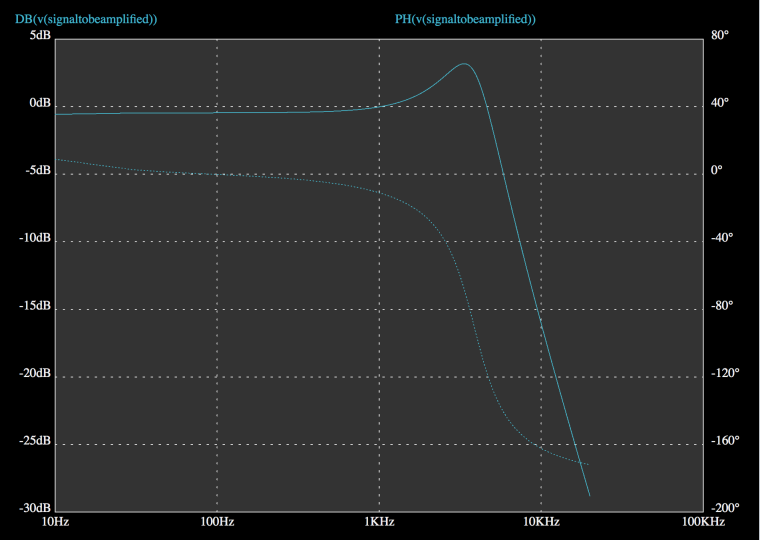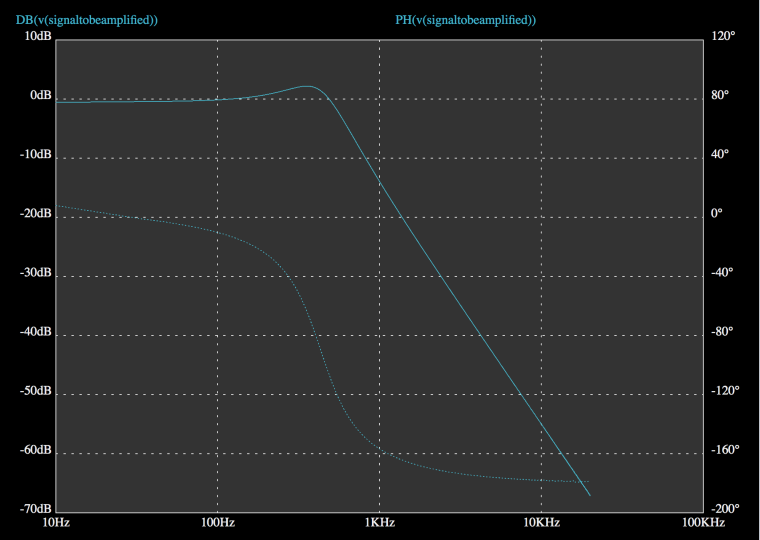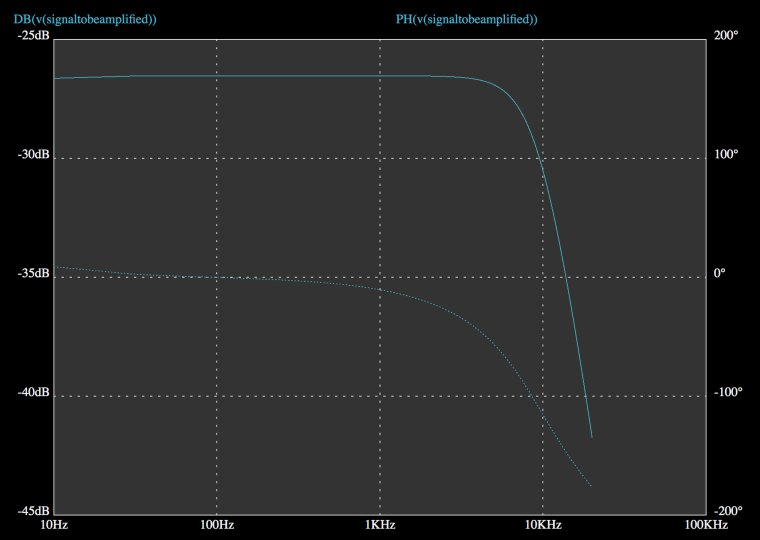Hello all classical guitar luthiers. I have remade equations and some figures to make @ByersGuitars' article about classical guitar intonation with nut compensations more web friendly.
It is something to read for all luthiers.
Hello all classical guitar luthiers. I have remade equations and some figures to make @ByersGuitars' article about classical guitar intonation with nut compensations more web friendly.
It is something to read for all luthiers.
I have published a draft for first part of an article series describing the Construction and Function of the Guitar.
There are a lot of books and webpages written about this subject but in my opinion, they either have a scientific angle and simplifying the practical reality or they are based on to much beliefs and feelings. I will try to balance the text and make the articles available to a broad public.
I really appreciate feedback to improve the content!
If you want to contribute to the content and write your own articles just send me a message.
Have a nice day!
@ProGuitar looks great! Thanks!
Hello friends and future friends,
I am Luthier from Sweden but also one of the founders of ProGuitar.
I have a background as an engineer but the guitar has always been one of my top hobbies, either playing or building . I built my first guitar when I was 15 years old and that got me really hooked. Since the day I first strum a chords on this guitar I have never been able to leave the thought that I some day would have my own guitar making workshop.
During my time at university I also got interested in guitar acoustics. Together with my friend Peter Bergholtz I wrote the graduate thesis "A Study Of The Guitar With The Finite Element Method". This work was the beginning of a wish to deeply understand what parameters that is of importance in the perception of a good sounding guitar. Through out the years this wish has rather evolved in a desire to fully understand the guitar.
I enjoy the art and craftsmanship in the guitar building process even more than the theoretical aspect and all the elements that this includes. Just working with beautiful wood is a dimension in itself but building a good sounding guitar that will be used to make art by a future owner is really something special.
I got the opportunity to spend full time building guitars for three years at The Academy of Musical Instruments, Stockholm, Sweden which resulted in a B. Sc degree in guitar making.
In the autumn 2014 I was fortune to live and work with the awesome luthier Gregory Byers, California US. During the time I tried to learn as much as possible from the really experienced luthier Greg. Beyond that, we also worked with a pretty extensive guitar experiment. We made scientifically measurements and subjective listening test on over one hundred common combinations of bracing systems, thicknesses of top, back and sides. I hope we will be able to publish some results from these tests on ProGuitar in the near future.
Except spending time in my workshop I will try to build up the ProGuitar Community. Hope that you will find our community useful!
Kind Regards,
Johannes
Hello @Lucas!
Thanks for introducing yourself. I really love your playing and I hope you will share your videos and recordings at ProGuitar in the future!
Cheers
Very welcome @Nicklas-Boman
Thanks for introducing yourself! Looking forward to your participation in building this awesome Community.
/Johannes
@FlorianFaber thanks for your introduction!
I really liked your playing style !
In the near future we will make it possible to embed the youtube videos here.
Cheers,
Johannes
We will look into the uploading issue. However, I have now made a simulation test according to the setup below. I used 250k potentiometers both for the volume and tone control.

And here comes my simulation results with full volume and full tone (low filtering).

When we use "no" filtering and maximum volume the frequency response has a cut-off frequency of 5.4kHz.
So, lets turn the tone knob to zero (full filtering). Now we have a low pass filtering effect with a cutoff frequency of approximately 600Hz and a small peak of about 350Hz. Everything looks like expected in the graph below.
Full volume and zero tone (max filtering).

Now to the interesting question what happens when we turn back the tone pot and reduce the volume.
5% Volume and full tone (low filtering)

Oh! The cutoff frequency increases to 9kHz. Does this mean that the result would be an increase of treble and that there is something wrong with the simulation? I am not sure and I need to look into this deeper.
Compared to the first figure the frequency response is quite flat before 8k. In the first graph there is a peak between 1k and 4k with its center at 3.6k. That means all partials in that range will be up to 3dB louder when we use full volume.
Lets look into the guitars treble range. The 1st string's (E4) partials are:
f0 = 329.6 Hz
f1 = 659.3 Hz
f2 = 988.9 Hz
f3 = 1318.5 Hz
f4 = 1648.1 Hz
f5 = 1977.8 Hz
f6 = 2307.4 Hz
f7 = 2637.0 Hz
f8 = 2966.6 Hz
f9 = 3296.3 Hz
f10 = 3625.9 Hz
f12 = 3625.9 Hz
f13 = 4285.2 Hz
f14 = 4614.8 Hz
......
The second to the 14th harmonic is actually louder when we play with full volume. @parca, do you think this could explain the phenomena? Did you get similar results when simulating?